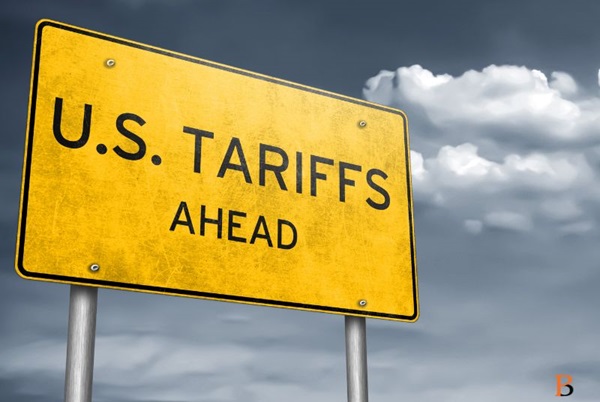.png)
India Pushes For Zero Tariff On Labour-Intensive Exports As Talks Enter Last Leg
India demands zero tariffs on key exports in US FTA talks, crucial for job growth and MSME boost. Will the US bite?


Ajay Srivastava, founder of Global Trade Research Initiative, is an ex-Indian Trade Service officer with expertise in WTO and FTA negotiations.
July 2, 2025 at 5:48 AM IST
India’s bid for a zero-tariff deal on its labour-intensive exports is at a decisive crossroads as Free Trade Agreement talks with the US near the finish line. At stake is not just market access, but credibility. The clock is ticking, and New Delhi is determined that any trade pact must deliver full tariff elimination on high-employment sectors like garments, footwear, leather, and carpets. Without this, the deal risks being unpalatable back home, where job creation is a top priority.
The US, however, appears to be digging in its heels. Washington is unwilling to scrap its high Most-Favoured-Nation tariffs or country-specific duties. Under the current proposals, Indian goods could face a 10% surcharge on top of MFN rates, further eroding the competitiveness of products crucial to India’s manufacturing and export sectors. If that happens, India’s market access gains could be effectively reversed. India has already offered to cut its own MFN tariffs on US imports, raising concerns about an unbalanced deal.
India’s demand for tariff-free access is both a political and economic imperative. The country’s export of merchandise to the US surged to $86.5 billion in 2024-25, with labour-intensive goods making up a substantial portion of this trade. Garments alone accounted for over $5 billion of this total, along with significant contributions from textiles, leather, footwear, and ceramics. These sectors are major employers in India’s heartland – from Uttar Pradesh to Tamil Nadu – where MSMEs form the backbone of local economies.
Yet, despite their vital role, these sectors face some of the highest US tariffs, often as high as 20%. India’s push for tariff relief is not just about trade; it’s about jobs, MSME growth, and fostering women’s economic participation, particularly in rural areas. In a country where job creation remains a central challenge, every percentage point of tariff relief counts.
The proposal is simple: India wants the US to remove tariffs – both MFN and country-specific – on its high and medium labour-intensive exports. The message is clear: without meaningful tariff reductions, this trade deal will be politically unsellable. The FTA can’t afford to be a one-sided arrangement. For it to succeed, both countries must strike a fair and balanced deal that reflects the shared benefits of free trade.
As the negotiations edge closer to the final stages, India is hoping Washington will recognise the importance of this request, both in terms of economic growth and political stability. For India, this isn’t just about tariffs; it’s about the future of millions of workers in some of its most vulnerable regions. The clock is ticking, and the pressure is mounting.



